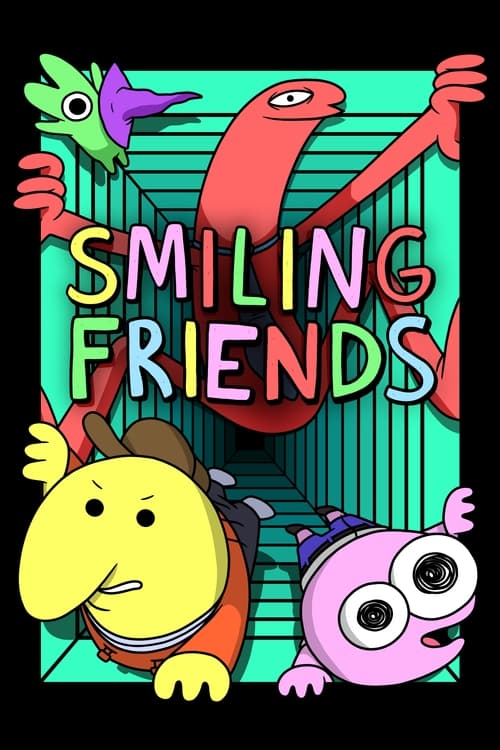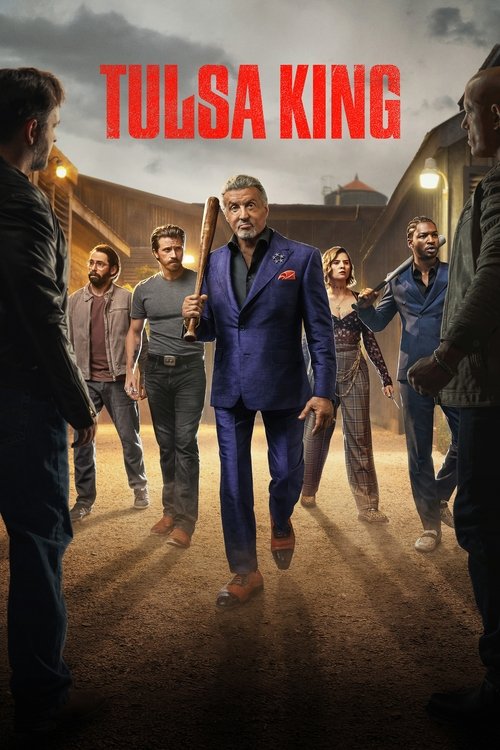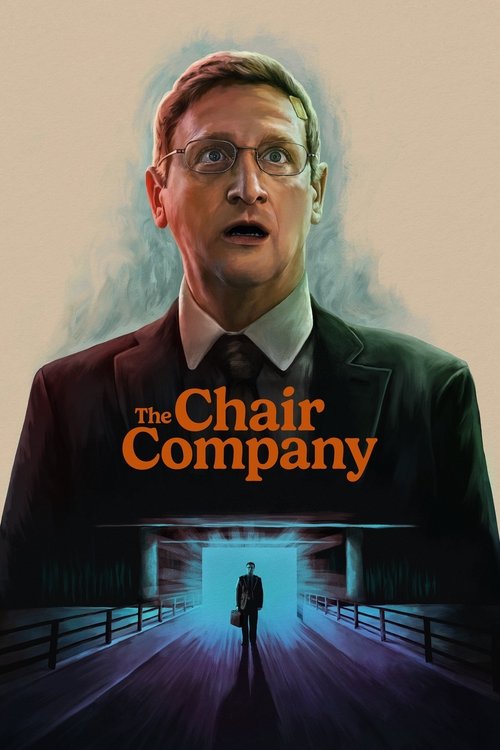
Ask Your Own Question
What is the plot?
"Frontline," produced in 1983, is a documentary series that focuses on various social issues and events. The first episode, titled "The Murder of Mary Phagan," recounts the historical case of the murder of a young girl in Georgia in 1913 and the subsequent trial of Leo Frank, a Jewish factory manager accused of the crime.
The episode opens with a somber narration that sets the stage for the events to unfold. It introduces Mary Phagan, a 13-year-old girl who worked at the National Pencil Company in Marietta, Georgia. The scene shifts to the day of her murder, April 26, 1913, as Mary leaves home to collect her pay. The atmosphere is tense, and the viewer can sense the innocence of the young girl contrasted with the dark events that are about to transpire.
As Mary arrives at the factory, the camera captures her interactions with other workers, showcasing her youth and vitality. However, the mood quickly shifts when she is last seen entering the factory. The narrative then transitions to the discovery of her body in the factory basement, where she has been brutally murdered. The gruesome details of the crime are revealed, and the local community is thrown into a state of shock and outrage.
The investigation begins, and the police quickly focus on Leo Frank, the factory's superintendent. The episode details the circumstantial evidence against him, including his presence at the factory on the day of the murder and the testimony of a night watchman who claims to have seen him with Mary. The viewer is shown the growing tension in the community as rumors spread, and anti-Semitic sentiments begin to surface.
As the investigation progresses, the episode highlights the role of the media in shaping public perception. Newspapers sensationalize the story, fueling the mob mentality against Frank. The emotional weight of the situation is palpable as the community grapples with fear and anger, leading to a public outcry for justice.
The trial of Leo Frank begins, and the courtroom scenes are depicted in detail. The prosecution presents its case, relying heavily on the testimony of witnesses and the circumstantial evidence. Frank's defense team, led by attorney Herbert Haas, struggles to counter the mounting evidence and the pervasive anti-Semitic atmosphere. The emotional stakes are high as Frank maintains his innocence, and the viewer can feel his desperation and fear as the trial unfolds.
Key moments during the trial include the testimony of various witnesses, including factory workers and law enforcement officials. The defense attempts to introduce evidence that points to the possibility of another suspect, but the jury remains swayed by the prosecution's narrative. The tension in the courtroom is palpable, with the audience feeling the weight of the decision that looms over Frank's fate.
As the trial reaches its conclusion, the jury deliberates, and the viewer is left in suspense. The verdict is ultimately delivered: Leo Frank is found guilty of murder. The emotional impact of this decision is profound, as Frank's life hangs in the balance. The episode captures the despair and disbelief of Frank and his supporters, who are left to grapple with the injustice they perceive.
Following the verdict, the episode details the aftermath of the trial, including the appeals process. Frank's legal team works tirelessly to overturn the conviction, but the community's anger and prejudice continue to influence the situation. The emotional turmoil of Frank's family is highlighted, showcasing their struggle to maintain hope in the face of overwhelming odds.
The narrative then shifts to the events leading to Frank's lynching in 1915. A mob forms, fueled by the fervor of the community and the belief that justice has not been served. The episode depicts the chilling details of the mob's actions as they break into the prison where Frank is held, dragging him out and taking him to a nearby tree. The emotional weight of this moment is heavy, as the viewer witnesses the culmination of fear, hatred, and injustice.
The episode concludes with a reflection on the legacy of the case, examining the impact it had on the Jewish community and the broader societal implications of the trial and lynching. The emotional resonance of the story lingers, leaving the audience to ponder the complexities of justice, prejudice, and the human condition.
What is the ending?
The ending of the TV show "Frontline," produced in 1983, culminates in a tense confrontation between the main characters, revealing the deep-seated conflicts and emotional turmoil that have been building throughout the narrative. The story concludes with a sense of unresolved tension, leaving the characters to grapple with their choices and the consequences of their actions.
In a more detailed narrative, the final scenes unfold as follows:
As the sun begins to set, casting a warm glow over the city, the atmosphere is thick with anticipation. The main character, a determined journalist named David, stands outside a government building, his heart racing. He has spent months investigating a corruption scandal that has implicated several high-ranking officials. The weight of his findings presses heavily on him, and he knows that revealing the truth could have dire consequences.
Scene breaks to David's office, cluttered with papers and photographs pinned to the wall. The walls seem to close in on him as he reflects on the sacrifices he has made for this story. His partner, Sarah, enters, her expression a mix of concern and determination. She urges him to consider the risks involved in publishing the story. David, however, is resolute, driven by a sense of duty to expose the truth. Their conversation is charged with emotion, revealing the strain that the investigation has placed on their relationship.
The scene shifts to a dimly lit conference room where David and Sarah present their findings to their editor, a stern woman named Margaret. The tension in the room is palpable as they lay out the evidence, detailing the corruption that has permeated the government. Margaret listens intently, her brow furrowed in thought. She understands the gravity of the situation but is also acutely aware of the potential backlash. The stakes are high, and the weight of their decision hangs in the air.
As the night deepens, David receives a threatening phone call from an anonymous source, warning him to back off. The fear in his eyes is evident, but it only fuels his determination. He and Sarah huddle together, discussing their next steps. They know they are in dangerous territory, but the thought of abandoning their pursuit of justice is unbearable.
The climax arrives when David decides to go public with the story. The scene shifts to a bustling newsroom, where reporters are frantically typing away. David stands at the center, his heart pounding as he watches the article go live. The moment is bittersweet; he feels a rush of adrenaline mixed with dread. The camera captures the expressions of his colleagues, a mix of admiration and concern.
In the final moments, the fallout begins. News outlets pick up the story, and the public reacts with outrage. Protests erupt outside government buildings, and the characters are thrust into the spotlight. David and Sarah watch the news coverage unfold, their faces a mixture of triumph and fear. They know they have done the right thing, but the repercussions are just beginning.
As the credits roll, the fate of each character hangs in the balance. David and Sarah are left to navigate the uncertain waters of their careers and relationship, while Margaret faces pressure from higher-ups to retract the story. The unresolved tension lingers, leaving viewers to ponder the cost of truth and the complexities of journalistic integrity. The ending encapsulates the struggle between personal conviction and the harsh realities of the world they inhabit, emphasizing the sacrifices made in the pursuit of justice.
Is there a post-credit scene?
The TV show "Frontline," produced in 1983, does not feature post-credit scenes. Each episode typically concludes with a summary of the issues discussed and credits roll without any additional scenes or content following them. The focus of "Frontline" is on delivering in-depth investigative journalism and storytelling, and the format adheres to a traditional documentary style, emphasizing the subject matter rather than including cinematic elements like post-credit scenes.
What are the main conflicts faced by the characters in Frontline?
In Frontline, the characters grapple with the moral dilemmas of war, particularly the impact of their decisions on both their personal lives and the lives of others. The internal conflict of loyalty versus duty is a recurring theme, as characters must navigate their responsibilities to their country against their personal beliefs and relationships.
How does the character of Captain John Miller evolve throughout the series?
Captain John Miller begins as a dedicated but conflicted leader, struggling with the weight of command and the lives of his men. As the series progresses, he becomes increasingly burdened by the consequences of war, leading to moments of vulnerability that reveal his deep-seated fears and desires for peace, ultimately shaping his leadership style and decisions.
What role does the setting play in the development of the plot in Frontline?
The setting of Frontline, primarily in war-torn regions, serves as a backdrop that amplifies the tension and stakes of the characters' journeys. The harsh realities of the environment, including the physical dangers and emotional toll of combat, force characters to confront their values and relationships, driving the narrative forward.
How do the relationships between the soldiers impact their actions in Frontline?
The relationships between the soldiers in Frontline are complex and deeply affect their actions and decisions. Bonds of friendship and camaraderie provide support but also create tension, as loyalty can lead to difficult choices that challenge their moral compasses. These dynamics are pivotal in shaping their responses to the challenges they face.
What specific events trigger character transformations in Frontline?
Key events in Frontline, such as intense combat situations, personal losses, and moments of betrayal, serve as catalysts for character transformations. These experiences force characters to confront their fears, reassess their values, and ultimately evolve in response to the harsh realities of war, leading to significant changes in their motivations and actions.
Is this family friendly?
"Frontline," produced in 1983, is a documentary series that often tackles complex and serious social issues. While the show is not designed specifically for children, it can be educational and informative for older audiences. However, there are several aspects that may be objectionable or upsetting for children or sensitive viewers:
-
Mature Themes: The series frequently addresses heavy topics such as poverty, crime, and social injustice, which may be difficult for younger viewers to understand or process.
-
Emotional Distress: Many episodes feature real-life stories of individuals and families facing significant hardships, which can evoke strong emotional responses. Viewers may witness scenes of suffering, loss, and despair.
-
Graphic Content: Some episodes may include graphic descriptions or visuals related to violence, abuse, or other distressing situations that could be unsettling.
-
Complex Social Issues: The discussions surrounding systemic issues like racism, inequality, and political corruption may be challenging for younger audiences to grasp fully.
-
Real-Life Consequences: The documentary format often highlights the real-life consequences of societal problems, which can be sobering and may leave viewers feeling anxious or upset.
Overall, while "Frontline" can be a valuable resource for understanding important societal issues, it may not be suitable for younger children or those who are particularly sensitive to emotional or distressing content.











